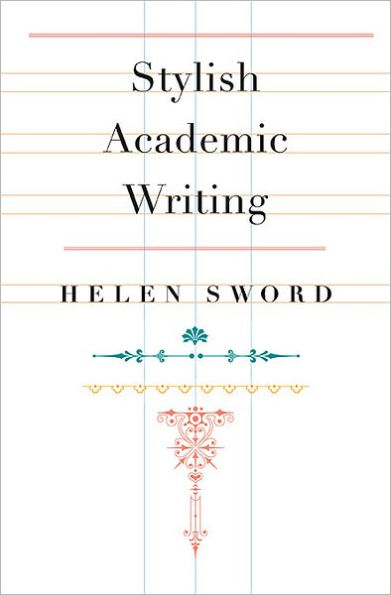Read an Excerpt
Chapter 7: Hooks and Sinkers
We were somewhere around Barstow on the edge of the desert when the drugs began to take hold. I remember saying something like “I feel a bit lightheaded; maybe you should drive...” And suddenly there was a terrible roar all around us and the sky was full of what looked like huge bats, all swooping and screeching and diving around the car, which was going about a hundred miles an hour with the top down to Las Vegas. And a voice was screaming: “Holy Jesus! What are these goddamn animals?”
If the drug trip described in the opening lines of Fear and Loathing in Las Vegas had transported Hunter S. Thompson beyond the California desert to the even more bizarre and alien landscape of academe, his account might instead be titled “Hallucinogen-induced anxiety disorders and revulsion responses in a Southwestern gambling-oriented locality: A qualitative study,” and the first few sentences would read something like this:
[Medicine] It has been suggested that frontal brain asymmetry (FBA) is associated with differences in fundamental dimensions of emotion (Davidson, 2002). According to the directional model of negative affect, the left prefrontal cortex is associated with the approach-related emotion, anger, whereas the right prefrontal area is associated with the withdrawal-related emotion, anxiety.
Of course, we all know that scientific researchers are supposed to be concerned with serious, sober matters such as frontal brain asymmetry, not with drug-fuelled road trips and hallucinated bats. (The actual title of the article quoted above, by the way, is “Anticipatory anxiety-induced changes in human lateral prefrontal cortex activity”). All the same, academics who care about good writing could do worse than to study the opening moves of novelists and journalists, who generally know a thing or two about how to capture an audience’s attention.
Not every engaging academic book, article, or chapter begins with an opening hook, but a striking number of them do. Stylish writers understand that if you are still reading three pages later, they have probably got you for the long haul. By contrast, nothing sinks a piece of prose more efficiently than a leaden first paragraph. In the sciences and social sciences, researchers frequently follow a four-step rhetorical sequence identified by John Swales as “Creating a Research Space,” or CARS:
• Move 1: Establish that your particular area of research has some significance.
• Move 2: Selectively summarize the relevant previous research.
• Move 3: Show that the reported research is not complete.
• Move 4: Turn the gap into the research space for the present article.





